Home » Other Articles » Tuesday Treasures Index » Tuesday Treasures - August 2023 - Tuesday Treasures - August 2023
Tuesday Treasures - August 2023
TUESDAY 29 AUGUST
A Special Locomotive and her Driver
In our recent Blog that recorded 4073 as brand new, 100 years ago leaving Paddington on an express train, we noted that her allocated Old Oak Common driver was William Morris, who had been deputed to collect her from Swindon Works and take her to Paddington on the day of the GWR Directors’ inspection.
He retired only a few years later, but along with other examples of his memorabilia, the Great Western Trust has this splendid picture taken of him alongside his beloved engine!
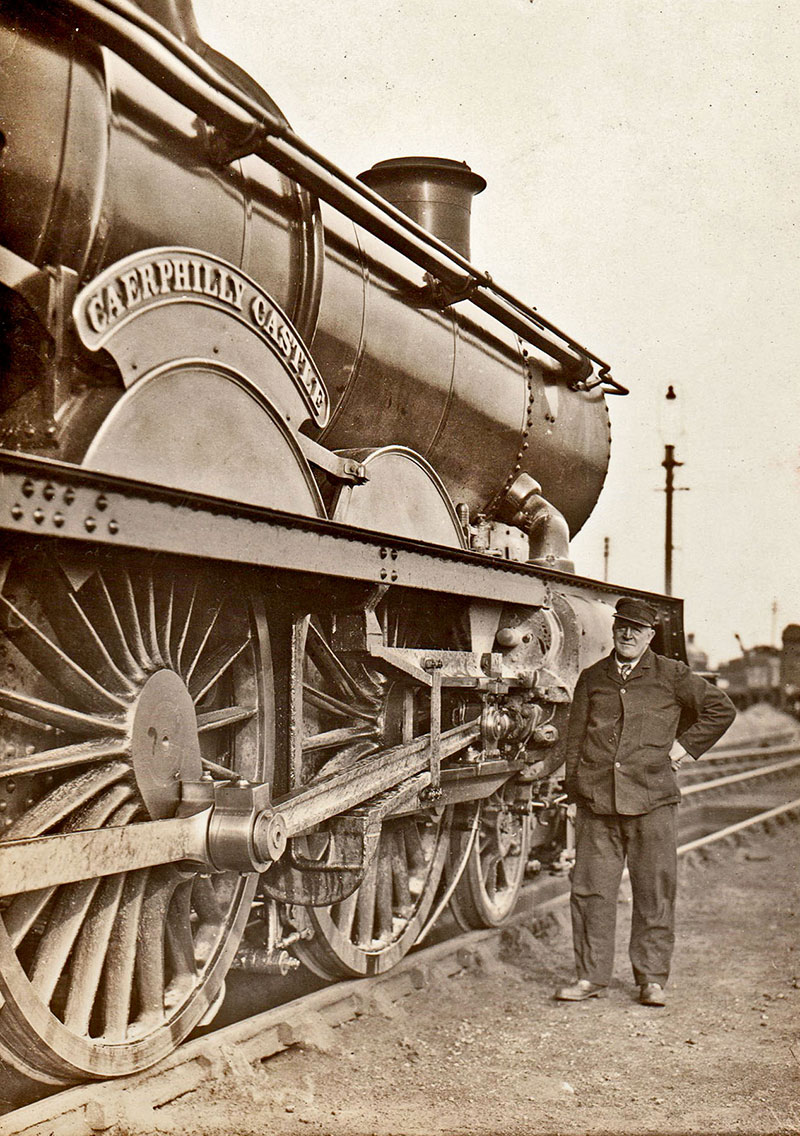
In the very last months of the GWR’s existence before Nationalisation, its staff magazine had a series of cover photographs of various employees performing their duties under the themed title ‘Pride in the Job’. We can think of no more fitting a caption for this photo of Driver Morris, except to add ‘Pride in his Locomotive’.
As was the tradition from the Broad Gauge era, we can be sure that Driver Morris kept 4073 in sparkling exterior condition, not least a manicured footplate that had its copper and brass dazzling!
TUESDAY 22 AUGUST
Barry Railway Company Roll of Honour

This week we hark back 105 years to a remarkable survivor. War memorials come in many different forms but this roll of honour for Barry Railway Company employees is unusual in that is lists all those men who served during the war rather than just those who were killed. There are 819 names recorded here of whom 66 died, which is around 8%, considerably lower than the 12.5% for all British forces. The Barry men must have been fortunate to have largely avoided the infantry and were perhaps employed behind the lines, their railway expertise being seen as a useful skill.
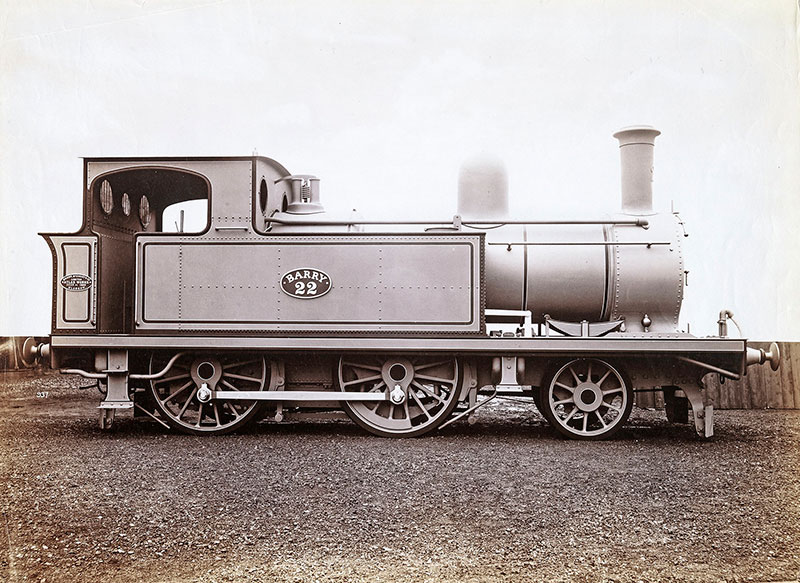
Barry Railway No 22 was a C class 2-4-0T built by Sharp, Stewart in September 1889. She was altered to a 2-4-2T in 1898 and became GWR No 1323 before her withdrawal in August 1926
Interestingly, the conflict is referred to as The European War as it was mostly but certainly not entirely confined to mainland Europe. It later came to be called The Great War or sometimes The War to End all Wars and post-1945 The First World War, but sadly man’s ability to destroy his fellow beings has not gone away.

Built as Barry Railway B1 class 0-6-2T No 109 by Sharp, Stewart in June 1900, the locomotive became GWR No 265 and was withdrawn in November 1949. It was common practice for Swindon to use recently condemned engines as works shunters and this was her role on 11 June 1950 when Ben Brooksbank took this photograph
This particular roll of honour is beautifully illustrated showing scenes of combat and men going about their normal railway duties in civilian life, a life which became increasingly hard in the immediate post war period as the long slow decline of the South Wales coal fields had already begun.
TUESDAY 15 AUGUST
A Special Locomotive Anniversary
Remarkably, 100 years ago this month, saw the first of the Castle class locomotives Caerphilly Castle emerge resplendent from Swindon Works. That she is proudly preserved and on display at Steam Museum, Swindon, is the result of a remarkable story, which we are happy to benefit from.
The Great Western Trust collection, contains primary source records of this loco, not least including both her delivery to Paddington for inspection by the Directors, and why she was saved for the Nation, by the Science Museum.
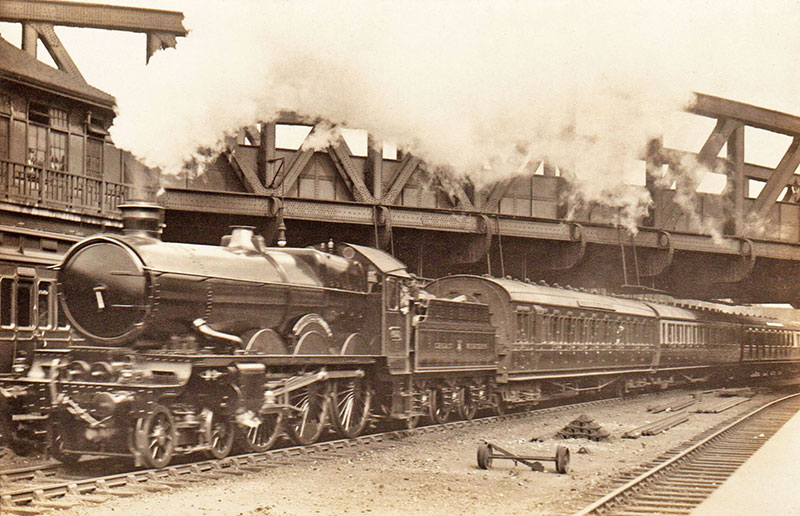
However, our blog today, simply focuses upon a postcard photo of Caerphilly Castle on perhaps her earliest express train duty, likely to be the Cornish Riviera Express. She is obviously in tip-top external condition with all bright work polished, and not a hint of any steam leaks! We know that it’s very early in her career, as she was built with a striking sloped rainwater gutter on the cab roof, which was later removed and wasn’t used on her classmates. There is evidence of trackwork taking place, including a pyramid of neatly-stacked rail chairs.
The photo itself, comes as part of a wonderful collection first created by the loco driver’s son, one Granville Morris, who thankfully lived to attend the hand-over ceremony of 4073 to the Science Museum in 1961, and even corresponded with the BBC regarding their special coverage of the movement by road to the Science Museum in the then very popular Railway Roundabout television programme.
The loco driver was one William Morris, a Top Link Old Oak Common driver who collected the loco fresh from Swindon and appeared on the footplate along with a very serious looking loco inspector in official press photos at Paddington. He later drove the loco regularly until his retirement in 1925 or 1926.
Of course, the Great Western Society has our very own 4079 Pendennis Castle at Didcot, which along with 4073 shared centre stage at the British Empire Exhibition in 1924/25 and our Going Loco Blog colleagues have already celebrated her exploits in showing the LNER how to design fuel-efficient locomotives! 4079’s own Centenary in 2024 will be a major highlight of Didcot events next year!!
TUESDAY 8 AUGUST
Accidents Did Happen – No. 3
Regular Blog readers, may recall previous articles on this subject.
Today’s Blog is sadly associated with accidents of a most serious nature to railway employees themselves and the wider impact upon their families.
An indication of how extensive this calamity was is demonstrated by the fact that in the Great Western Trust collection we have annual bound sets of the GWR official staff accident record forms covering from 1910 to the BRWR era. With staff employees at a thousand stations alone, the numbers of the annual forms justified heavy stiff bound volumes and in many the detail is upsetting even now.
That said, today’s Blog, focuses upon railway union involvement from the perspective of their caring and support activities for their members.
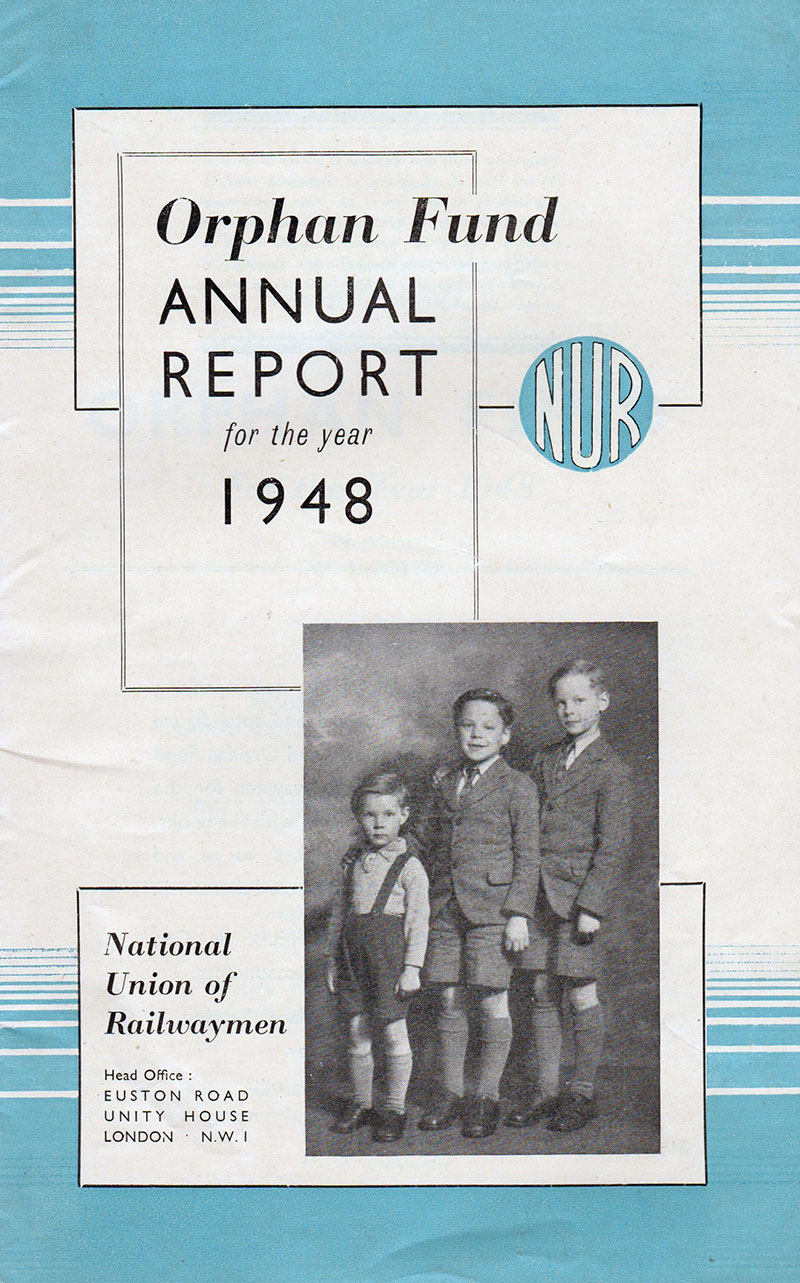
The illustration is the evocative cover of the Annual Report of the NUR [National Union of Railwaymen] Orphan Fund for 1948. It is regrettably a substantial booklet needing to be 46 pages in size, with far too many examples of families they helped and why, and includes moving letters of appreciation from widows and many pictures of children that have benefited from the Orphan Fund’s activities.
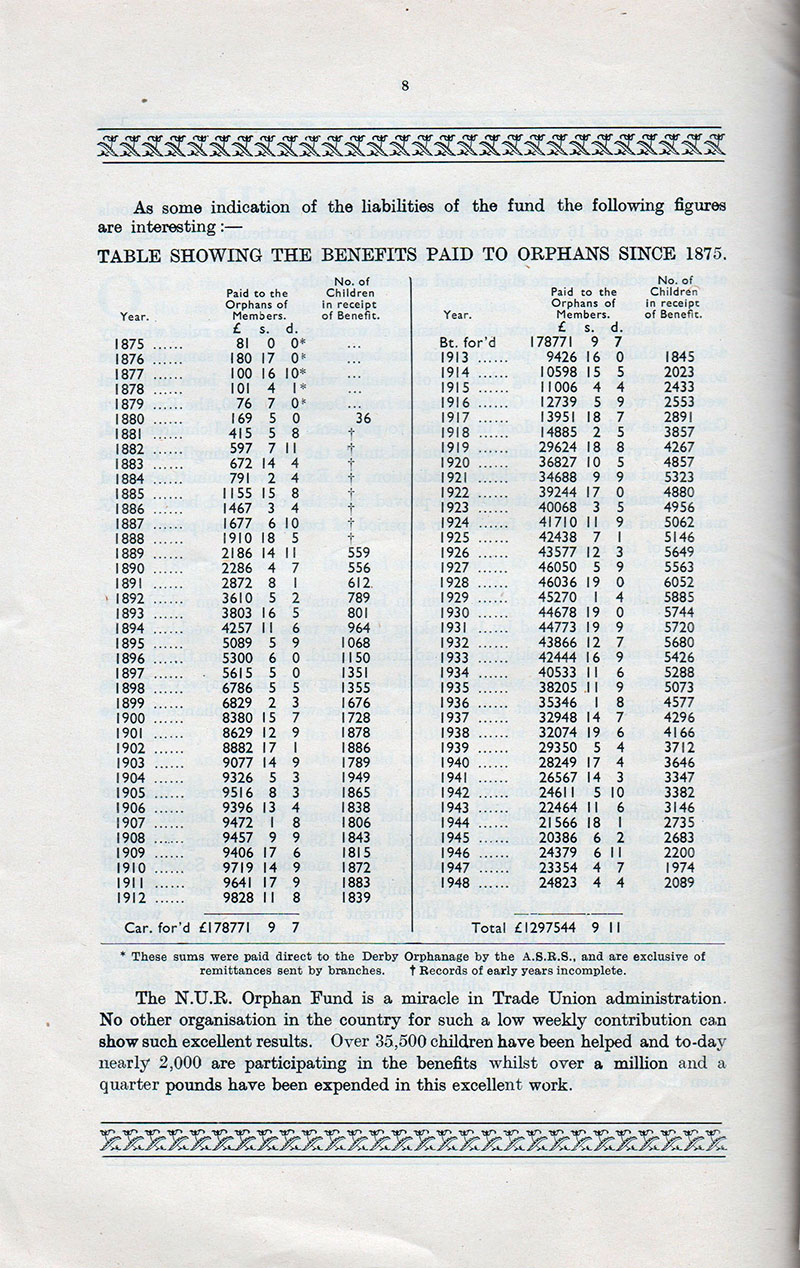
We feel it only right to avoid exposing their names, though now many of them are probably no longer alive. Instead we only include the single page which details the financial awards granted in all the years from 1875 (when the Fund began under the ASRS [Amalgamated Society of Railway Servants] the forerunners of the NUR) to 1948. Naturally inflation has had an effect on the relative values, but the figures alone still demonstrate the real needs of orphans and their families and how laudable and necessary such funding was.
TUESDAY 1 AUGUST
Holidays by Train – Part 9
With summer here at last, well the summer school holidays anyway, let’s have another dip into the extensive publicity material that we have in the Great Western Trust collection.
Today we illustrate a 1938 GWR pamphlet for Paignton, and an undated but clearly BRWR version of the late 50s early 60s for Weston-super-Mare. Both these holiday resorts were very popular with what then were described as ‘working class’ families, whereas Torquay and Clevedon were respectively, the anointed ‘upper class’ adjacent resorts.

In terms of sheer numbers of holidaymakers it is a fair guess that Paignton and Weston far outnumbered their ‘posher’ neighbours, and in previous blogs, the snootiness of Torquay even in GWR publications, could not have sat happily with working class folk of those times.
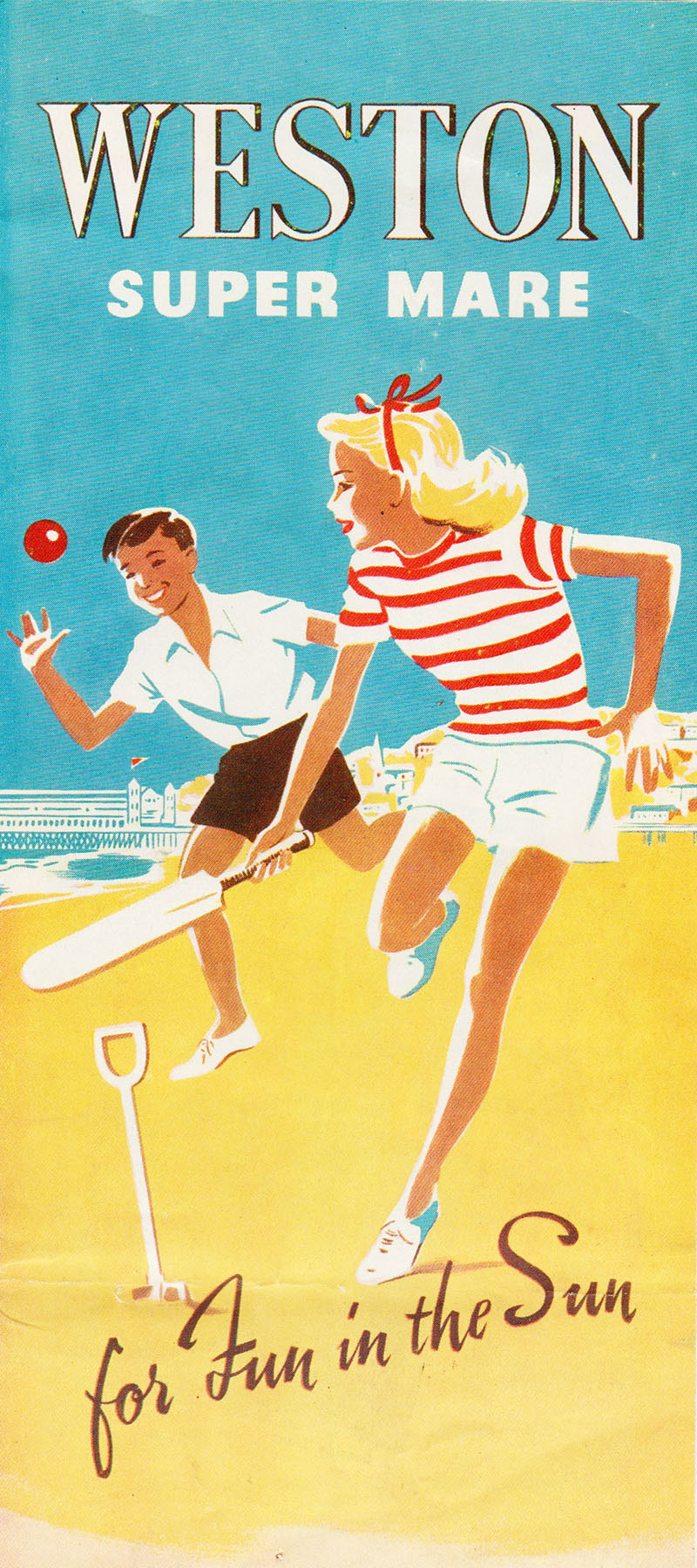
Societal aspects apart, let’s just enjoy the artist’s designs for the covers of both publications. That for Paignton in ‘Glorious South Devon’ (the GWR used Glorious repeatedly throughout those years!) is both charming and clever, in that the lady in deckchair is looking directly to the observer with a smile implying, come on, here is the place to be! That for Weston is even simpler, a very active scene that with youngsters in mind, recognise as the very stuff they enjoyed on a seaside beach. Weston had a very long one indeed, although sometimes the sea itself seemed a long way away!
Enjoy the nostalgia these images provide, of a time when most UK families holidayed in the UK, before Spain etc and cheap flights saw a dramatic change in our habits, much to the financial impact for those once crowded UK seaside resorts.
Didcot Railway Centre Newsletter
Stay up to date with events and what's going on at Didcot Railway Centre.
You may unsubscribe at any time. We do not share your data with 3rd parties.